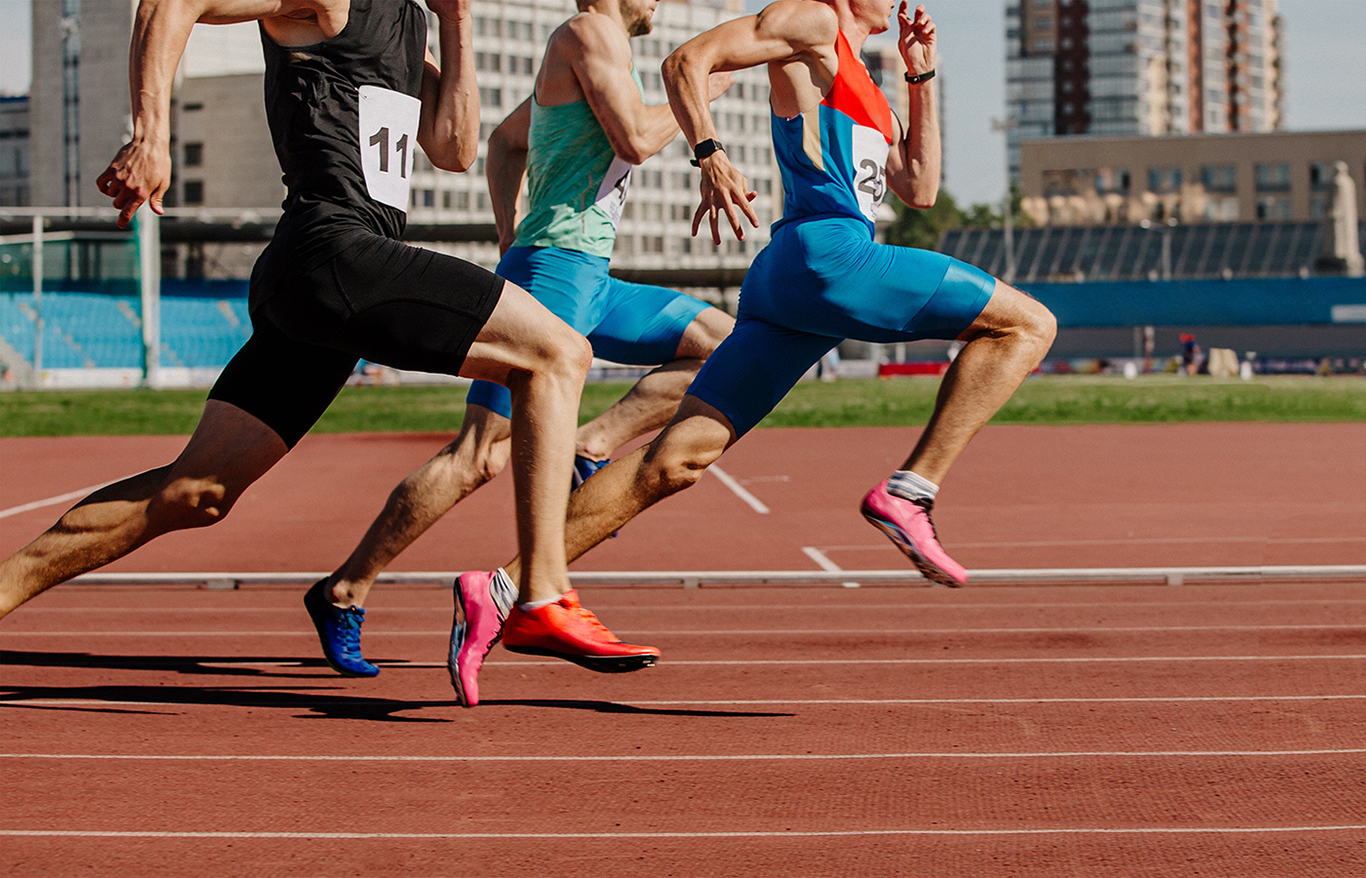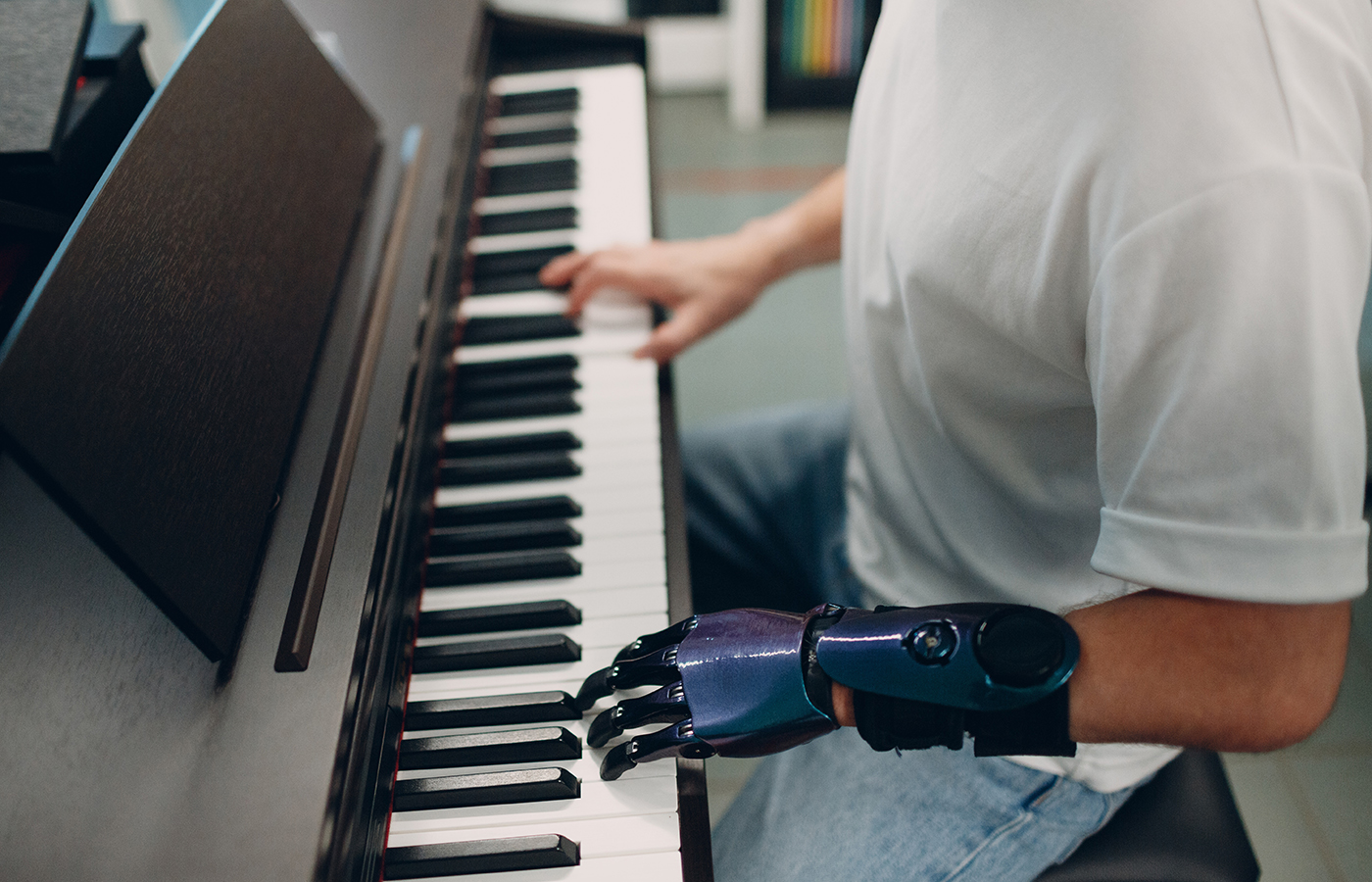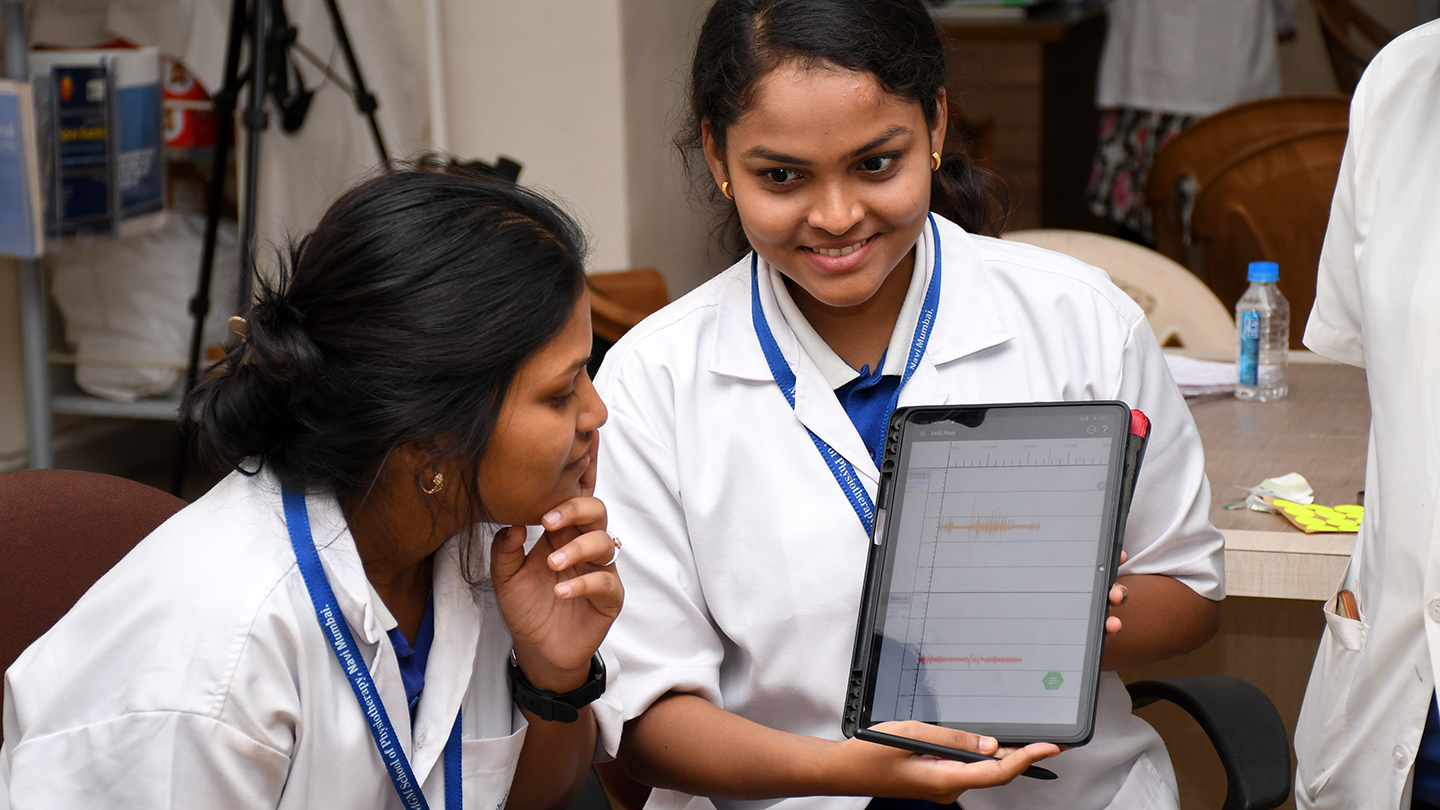EMG data is essential in understanding the activation and analysis of different muscles driving techniques in motor sports, like Formula 1.
Delsys EMG sensors were connected to the Formula 1 and Motorsport drivers to assess muscle activity for imbalances, asymmetries, activation timing, and fatigue.
After assessing a Formula 3 drivers and finding asymmetries of his left forearm muscle, he adjusted his technique and decreased his lap time by 0.2 seconds.
The in-race EMG data is invaluable and it can help make the difference between winning or coming in second
Michael Wakefield, Motorsport Biomechanics

Humans are consumed by speed and the need to push ourselves faster and further than anyone has ever gone before. We idolize the fastest sprinters, drool over the latest sports cars and envy those who push the limits of what is physically possible. But what is it that drives humans into wanting to go fast? What causes us to seek the danger of speed to replace the comfort of known safety? Is there an inherent need to push ourselves further and discover what is possible?
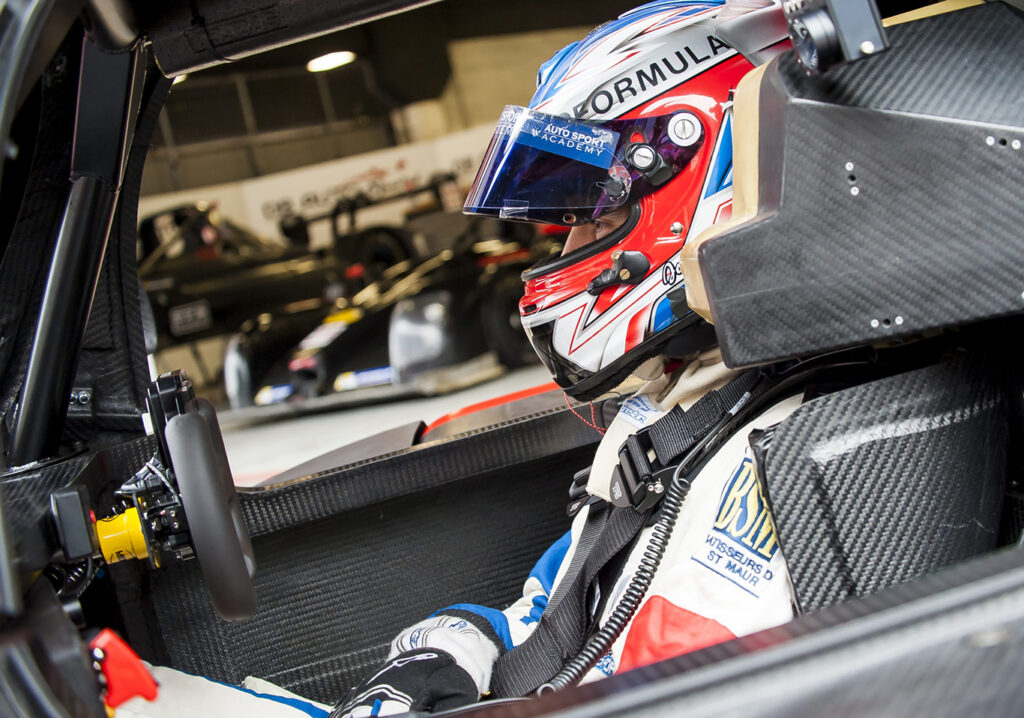
First day completed after 9 months. I'm very happy with the feelings, but the only question is how the arm muscles will perform after all the effort of the weekend! ✊🏼#PortugueseGP pic.twitter.com/MrEGWKLVoz
— Marc Márquez (@marcmarquez93) April 16, 2021
Well, science may hold the answer to some of these questions. When driving, our bodies have been shown to produce certain physiological changes caused by acceleration. Your heart starts to beat faster, your hormonal response changes and a surge of adrenaline shoots through your body in electrifying fashion.
Engineers have spent masses of time, money and effort on creating finely tuned machines capable of transporting humans as fast as possible from point A to point B. However, with cars and motorbikes becoming ever more powerful, understanding the biomechanics of the driver/rider is critical in assessing the successful control of mechanical power in a racing context.
Delsys Europe spoke to Michael Wakefield, from Motorsport Biomechanics, to understand more about how they use biomechanical data, and in particular electromyography (EMG), to assess and inform motorsport performance.
As with any research study, clinical or sporting assessment, a properly designed protocol is necessary in order to obtain valid results.

After an explanation of procedures, we attached the EMG sensors. We begin the data collection by collecting reference muscle activity using a standardized task. The driver or rider then take to the track and we record data throughout their session.
When they return to the pit, we feedback muscle activity and fatigue data to the driver and team, before they decide what intervention to implement. After focusing on the feedback, they take to the track and we measure muscle activity again, with the aim of optimising the muscular demand.”
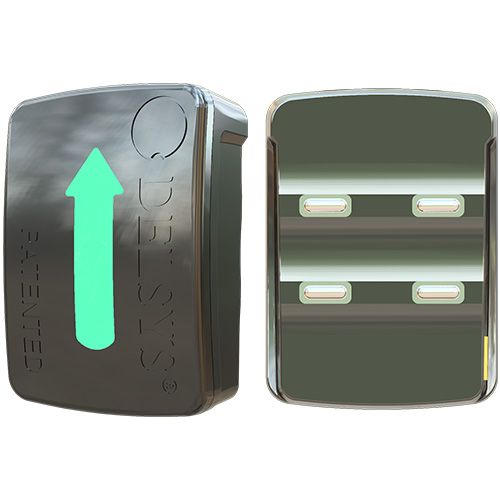
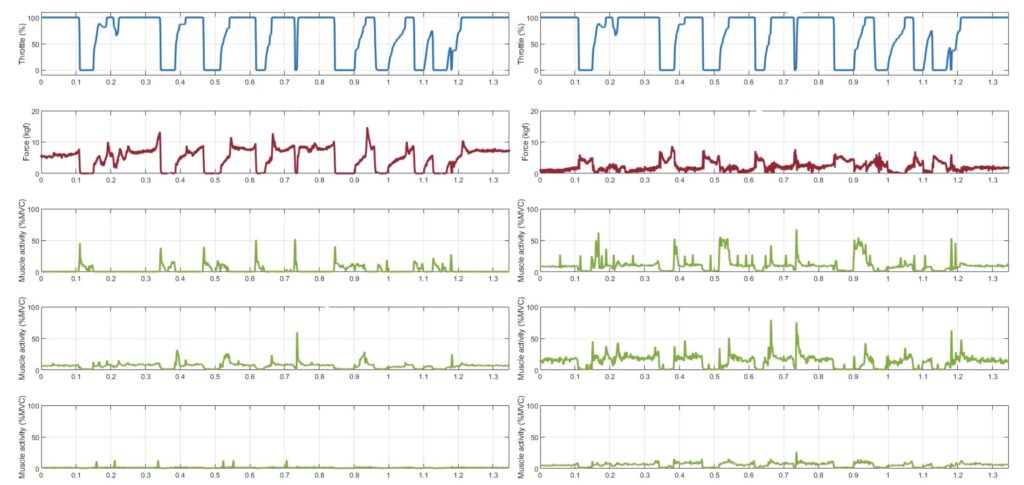
The EMG data provides biofeedback about the neuromuscular processes that govern muscle contractions and the generation of movement, as shown in Figure 1. The key point is how this is then implemented within a training regime of racing strategy.
One specific example of this came when the in-race muscle activity of a Formula 3 driver was analysed. From looking at the graph below (Figure 2), it is visible that the driver was not using the left forearm when manipulating the car around right hand corners.
In the sporting world, where incremental gains are constantly being chased, having the added benefit of in-race data is invaluable to finding a winning formula for your athletes.
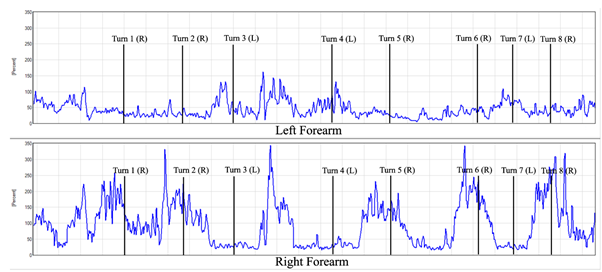
A major element of performance optimization, as mentioned in the above example, is identifying the effect of fatigue on an athlete during the course of a race, match or task, as shown in Figure 3. Fatigue could be defined by the decline in a person’s ability to produce muscular force. Fatigue can lead to task failure due to the muscular demand of the action not being matched.
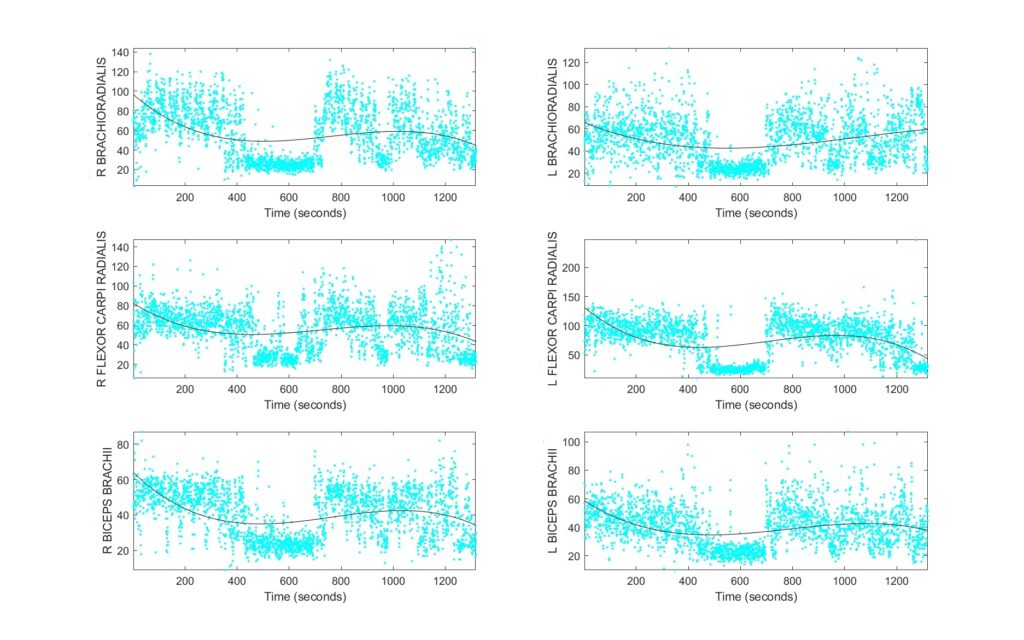
As with many sports, recreating the pressures and extrinsic variables during practice is incredibly hard. Whilst practicing, there is not the roaring crowd, there is no competitor ominously hovering in your rear-view mirror and there is no way to recreate the same electrifying experience of adrenaline that live competition induces. However, data collection does not have to be limited to training or to practice situations.

The beauty of wearable devices is that they allow you to collect data in situations outside of your traditional lab environment. This is a message that resonates in so many applications and sports. In the latest example of how science can be taken outside the lab, why not discover how EMG can help you to push boundaries within science.
For more information on how EMG and wearable technology can aid performance optimization in sport, contact Delsys Europe at contact@delsyseurope.com. For the latest news and updates from Michael and his team, be sure to visit motorsportbiomechanics.com.
